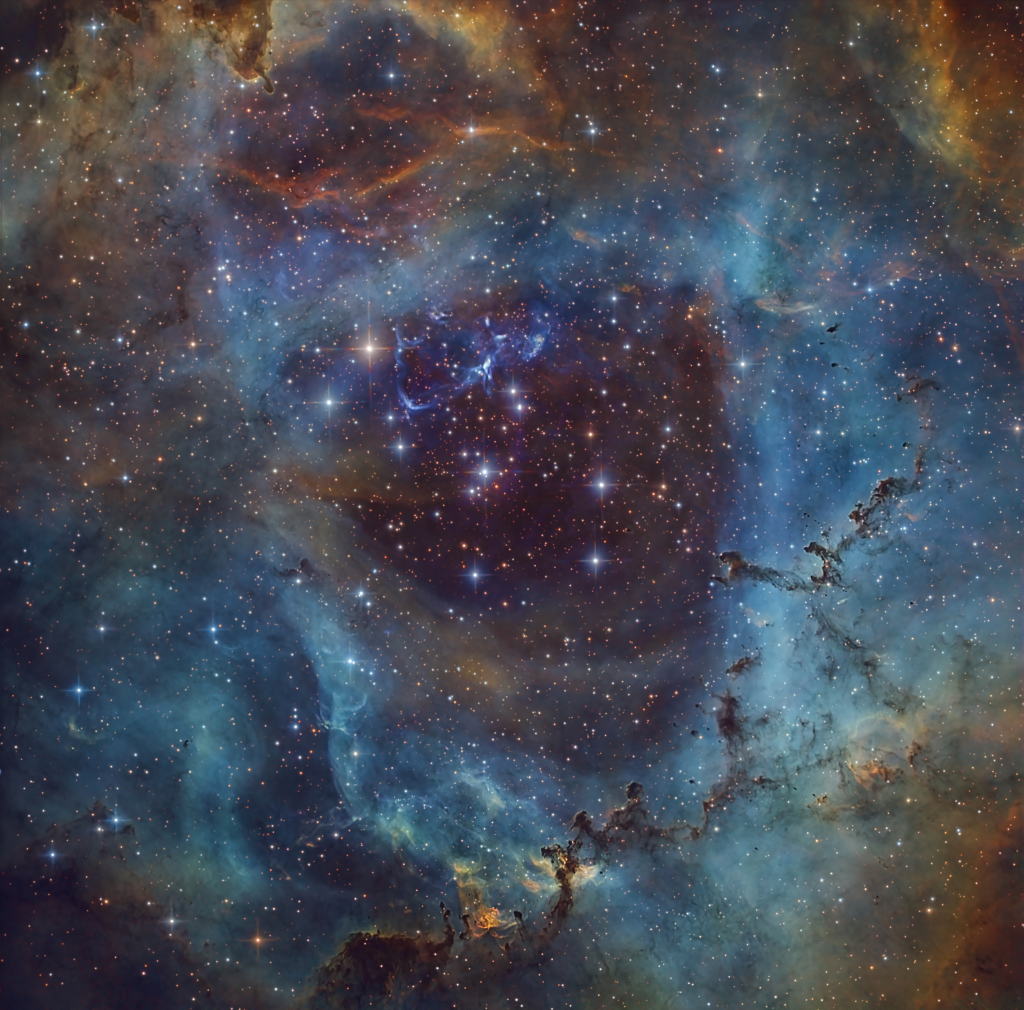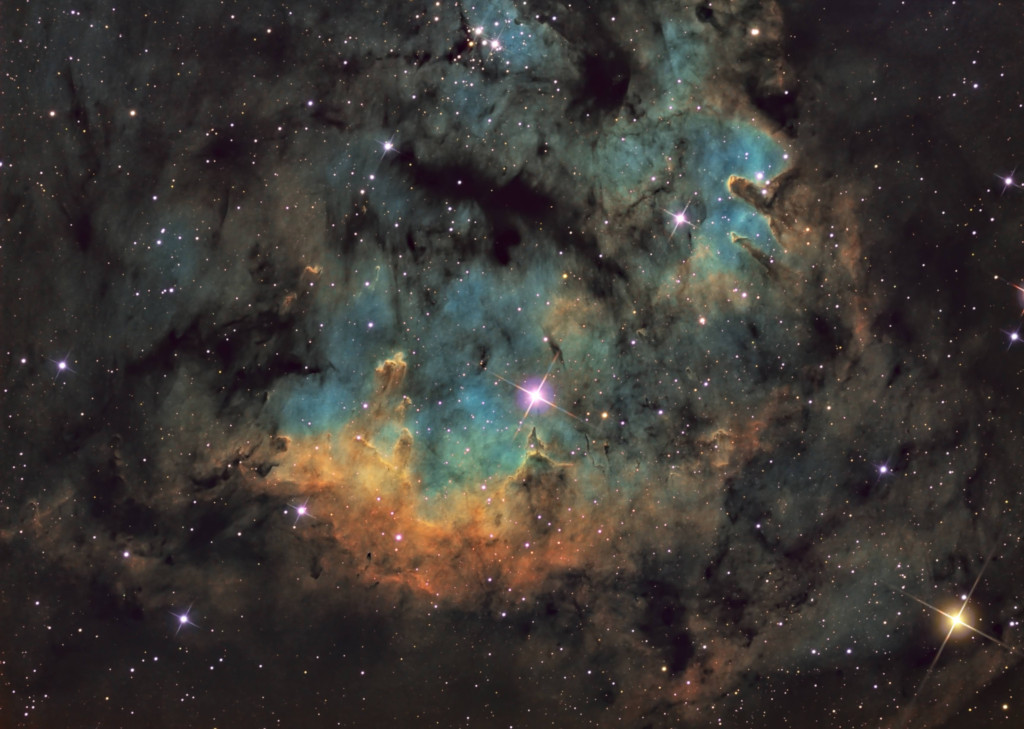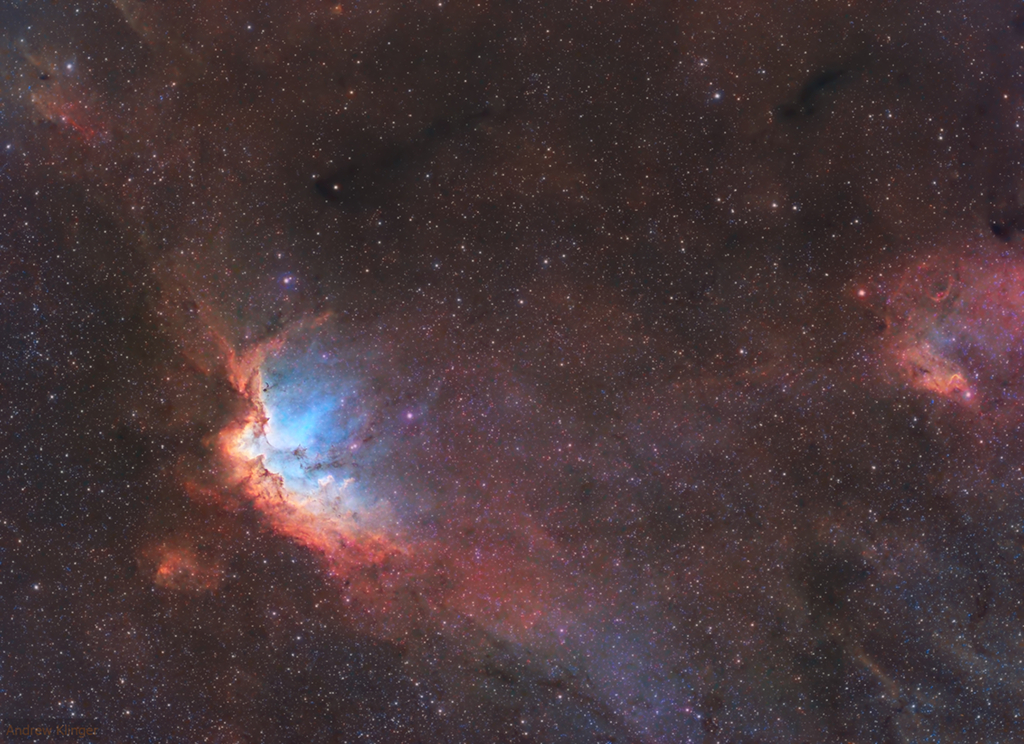玫瑰不必是红色的
2024年2月9日 When Roses Aren’t Red Image Credit & Copyright: Tommy Lease (Denver Astronomical Society) Explanation: Not all roses are red of course, but they can still be very pretty. Likewise, the beautiful Rosette Nebula and other star forming regions are often shown in astronomical images […]



